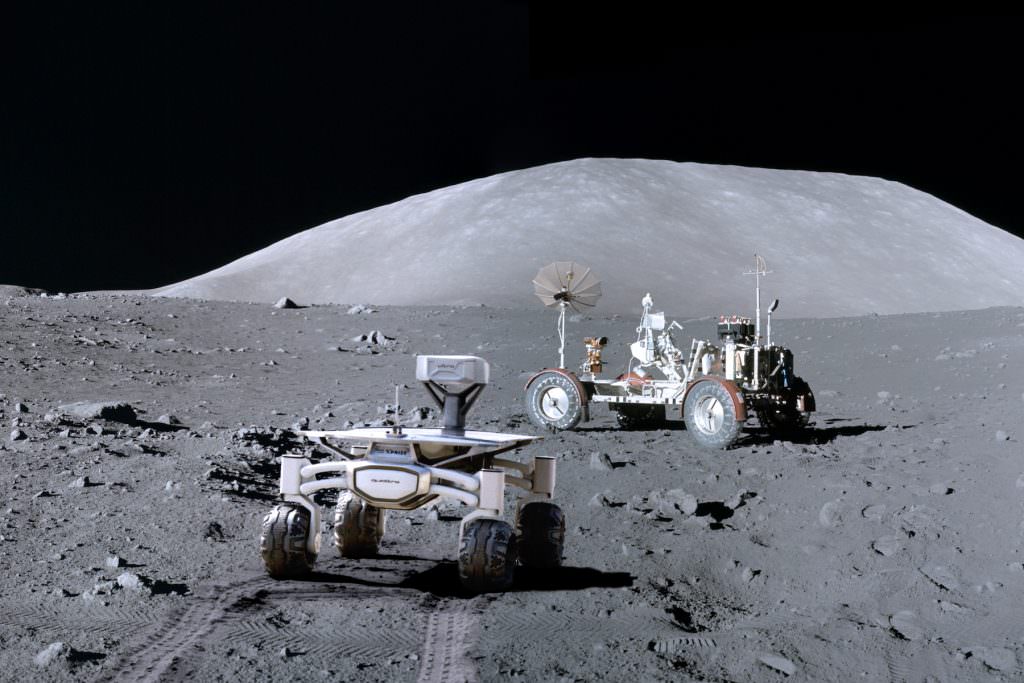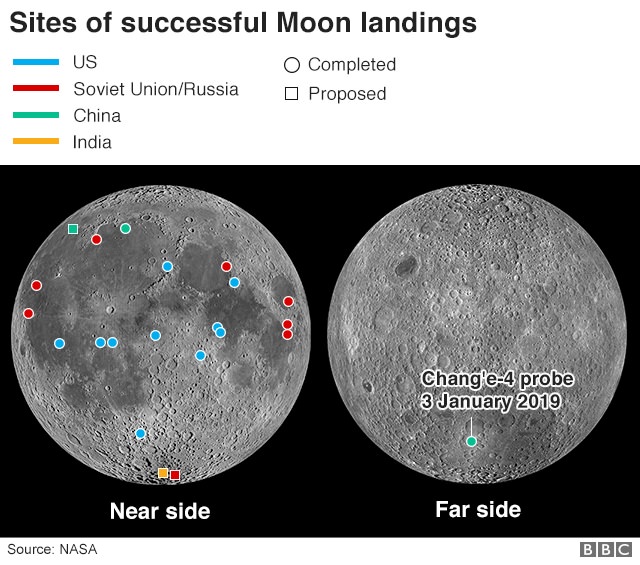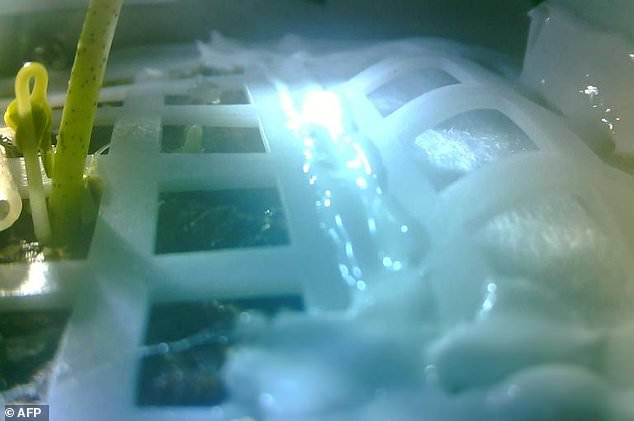The Start of Moon Age
First humans landed on the moon in July 16, 1969. But we have been hearing lot of experiments and development projects recently than before. why is it so?
(1) Introduction: The start of the moon age
First humans landed on the moon in July 16, 1969. But we have been hearing lot of experiments and development projects recently than before. why is it so?
The following are the key main reasons:
1. Policy change for the effective involvement of private companies
2. Focus of having a base in the moon than extending the life of ISS.
1. Policy change:
The only way to break the present image such as space is expensive, space is inaccessible and space is only for large companies, is by closing the doors between engineering and business, which formed the foundation of change in policy with various governments and government space agencies such as NASA, JAXA, ISRO, ESA etc.
The past/present approach is more inward-looking towards achieving targets based on national priorities and research activities, new space policy is more outward looking with an intention to be globally disruptive and fast in terms of offering a space product or service, which initiated the change in policy and involvement of more private companies. For eg: Space-X, Blue Origin, iSpace, Astroscale, etc.
2. Focus of having a base in the moon than extending the life of ISS:
ISS initially launched early 2000’s with a vision of 15 years of lifetime. The five participating nations such as NASA, Roscosmos, JAXA, ESA, and CSA have been using ISS way beyond its planned lifetime and again discussed to be extended until 2024 ~ 2028.
How long can we extend the lifetime of ISS?
There are certain issues which has to be taken into consideration. For e.g.: Since ISS continuously revolve around the planet sometimes it’s on the sunlit side and the other times it’s on the dark side, which creates difference of temperature to the ISS surface and can lead to wear and tear.
When we compare the efficiency of power generation of the solar panels has reduced when compared to the initial years of launch time. It’s due to the black layers created on the surface of the ISS solar panel glass.
Though ISS presently faces such issues, we still can extend the lifetime until the core hull of the ISS is not breached. And for a more permanent solution various government agencies are thinking of a base in the moon and make the present ISS more accessible to private companies for experiments until its lifetime. And the base in the moon could be used for research, pit stop to mars and to extract resources in the moon.
The above two reasons initiated the involvement of various big firms, startups and X-prize foundation and its teams from America, Japan, India, Germany and Israel to explore the options of development in the moon.
The Google Lunar XPRIZE (GLXP), was a 2007–2018 competition organized by the X Prize Foundation, and sponsored by Google. The challenge called for privately funded teams to be the first to land a robotic spacecraft on the Moon, travel 500 meters, and transmit back to Earth high-definition video and images with a deadline until March 2018.
The private companies and the startups initiated through the X-prize competition can create and provide value in the development activities linked to creation of base in the moon.
(2) Technologies needed on the Moon
The business leaders or the engineers always tend to find ways to solve problems, that is the key motivating factor.
But what are the key problems these companies are trying to solve in the moon using the technology?
Instead of solving problems, there is a huge wall/barrier of nonexistence of markets for the companies to exist in the moon. So these companies are in a process of creating a market and value chain to co-exist in the moon.
How does one do that?
Presently , one needs to find the business gap’s when creating a base in the moon and find ways to fill the business gap’s using technology.
What are the present Gap’s ?
- Lunar Science & mapping → We need to know more about the moon and its surface and know more about human life to exist in moon. This is where the Lunar Science & mapping would help us to understand through various experiments.
- Fuel & Logistics Depot → In order to shuttle between earth and the moon we need have fuel storage and logistics center to send and receive experimental equipment, experimental packages and other logistic package.
- Human Lunar Lander → To transport humans between Earth and moon we need a human lunar lander to ferry humans back and forth based on cutting edge technology.
Following are the list of key elements identified by ESA needed to be transported with Human lunar lander for future missions.
1. Fixed and mobile habitation units with integrated life support systems, to give human explorers a safe living environment
2. Robotic systems that can act autonomously, to prepare for human exploration
3. Power generation and storage systems of varying scales to support the energy needs of surface activities, and potentially a human lunar base
4. Systems that can produce consumables needed by a human crew, such as oxygen and water, from material available on the Moon’s surface
5. Communications is going to be one of the key important life line and one of the back bone of existence of moon base. As the primary objective is to perform science experiments. In future there could be huge amount of data which would be sent to earth.
The previous Apollo missions could ferry humans for few days and were not light weight. present technological improvements could help us to create more light weight lander and equipment and provide more supplies and safety for humans to explore and create a base in the moon.
Other key Gaps for humans to sustain in moon for longer period of time. Such as Power generation, water, movable and immovable structures (buildings) and food.
(3) Challenges for such communication
So we could see that communications would become a key part for humans to proceed with expeditions in Moon or Mars other than lander and transportation.
There are 3 main challenges:
1. To have smooth and stable communication between earth and moon.
2. To create communications network in moon from scratch.
3. To create a compact and lightweight networking device and which can withstand the harsh conditions of the moon such as radiation and changes in temperature.
Previous Apollo missions had 1.3 to 2 seconds delay in communication due to the distance from the moon with earth. So the key challenge would be to create a communication device which is compact, lightweight and provides smooth communication.
There is no communications network in the Moon. So Vodafone Germany and Nokia have teamed up with PT-Scientist (http://ptscientists.com/about/), German new space company to install a 4G mobile phone network on the moon in 2019.
Nokia Bell Labs will build the lightest ever 4G network device using latest technology that uses very less power and at less than a kilogram. The decision to build a 4G network than a 5G network was taken because the next generation networks are in the testing stage and are not stable enough to work from the lunar surface.

(4) Conclusion: Future of Moon Exploration
PT Scientist do have some competitors in the market. We can categorize them into two. 1. Moon Explorers 2. Communication Network.
In the category of Moon Explorers iSpace, MOONEXPRESS, SPACE IL, Team Indus are some of the competitors. But the usual big players such as NASA, ESA and other government agencies do have a plan to create a permanent moon base and also have better know-how, experience and huge funding to reach moon and create permanent base.
In case of communication network, companies such as AUDACY (https://audacy.space/) is planning to provide spacecraft and launch operators with continuous space communications access from Launchpad to lunar orbit.
With such open innovation efforts by Vodafone with PT-Scientist team would help the startup in moving forward but the PT-scientist team are trying to reduce the cost of the flight by finding a shared flight riding with a geostationary satellite.
With such constraints, it is such a huge effort to create a network on the moon.
Recent achievements:

With the recent news, it is the first time a spacecraft has landed in the far side of the moon and a first ever attempt too. And, the first ever successful attempt to grow a plant in Moon. Previously there were successful attempts in International space station.
The Past missions to the moon was to the Earth facing side and this is the first time any human made craft/object has successfully landed on the unexplored side. The Moon map could give you an idea of where the Chang’e 4 has landed when compared to other missions.
As humans are planning to have a base in the moon, this is a successful effort and first step for humans to create a permanent base and create life-support without the help of supplies from earth in the future.

Chandrayan-2:
In case of India’s second moon mission Chandrayaan-2 believed to be launched in the January-March window. The reason for postponing the mission was that there were certain important changes made in the design so that it could easily land on the lunar surface.
Let us hope humans could create life line though such cutting-edge technology for humans to become an interplanetary species.
Reference:
https://en.wikipedia.org/wiki/ISS_ECLSS


